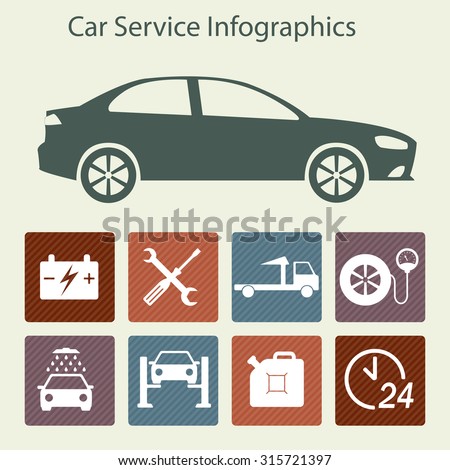Recognizing Your Vehicle'S Caution Lights: What Do They Actually Mean?
Recognizing Your Vehicle'S Caution Lights: What Do They Actually Mean?
Blog Article
Web Content By-Vinson Dalgaard
When you lag the wheel, those beautiful caution lights on your control panel can be a bit difficult. Do you recognize what they're attempting to tell you concerning your car's health? Comprehending the significance of these lights is crucial for your security and the durability of your automobile. So, the next time one of those lights pops up, would not you wish to understand its message accurately and take the required steps to resolve it?
Common Caution Lights and Interpretations
Determine common caution lights in your car and understand their meanings to guarantee secure driving.
The most regular caution lights include the check engine light, which signifies concerns with the engine or discharges system. If this light begins, it's crucial to have your vehicle examined without delay.
The oil pressure warning light shows reduced oil pressure, needing instant attention to avoid engine damages.
A flashing battery light may suggest a faulty billing system, possibly leaving you stranded otherwise dealt with.
The tire pressure surveillance system (TPMS) light alerts you to reduced tire stress, impacting automobile stability and gas performance. Neglecting this could bring about hazardous driving problems.
The abdominal light shows an issue with the anti-lock stopping system, compromising your capability to quit swiftly in emergency situations.
Finally, the coolant temperature advising light warns of engine getting too hot, which can cause extreme damage if not resolved promptly.
Comprehending these typical warning lights will certainly help you deal with concerns without delay and maintain secure driving problems.
Significance of Prompt Attention
Recognizing the typical caution lights in your vehicle is just the initial step; the relevance of immediately dealing with these warnings can not be emphasized enough to ensure your security on the road.
When a caution light illuminates on your control panel, it's your auto's way of communicating a potential issue that needs interest. Overlooking these cautions can result in much more serious troubles in the future, jeopardizing your safety and potentially costing you extra in repairs.
Motivate attention to cautioning lights can avoid failures and crashes. For instance, a blinking check engine light can show a misfire that, if left neglected, can cause damage to the catalytic converter. Resolving this immediately can save you from an expensive repair service.
In visit this website , a brake system cautioning light could signify low brake fluid or used brake pads, important parts for your security when driving.
Do It Yourself Troubleshooting Tips
If you observe a warning light on your dashboard, there are a couple of DIY repairing pointers you can attempt prior to looking for professional aid.
The initial step is to consult your car's guidebook to understand what the certain warning light shows. Sometimes the problem can be as straightforward as a loose gas cap triggering the check engine light. Tightening the gas cap might fix the trouble.
One more common problem is a reduced battery, which can trigger numerous alerting lights. Examining the battery links for deterioration and guaranteeing they're secure could fix the problem.
If a warning light persists, you can try resetting it by disconnecting the cars and truck's battery for a couple of mins and then reconnecting it. Additionally, inspecting your lorry's fluid levels, such as oil, coolant, and brake fluid, can help fix cautioning lights connected to these systems.
wax detailing , understanding your car's caution lights is vital for maintaining your lorry running smoothly and safely. By without delay attending to these notifies and knowing what they suggest, you can prevent costly fixings and prospective failures.
Remember to consult your vehicle's handbook for particular information on each advising light and do something about it appropriately to make sure a trouble-free driving experience.
Keep notified, remain secure when driving!
